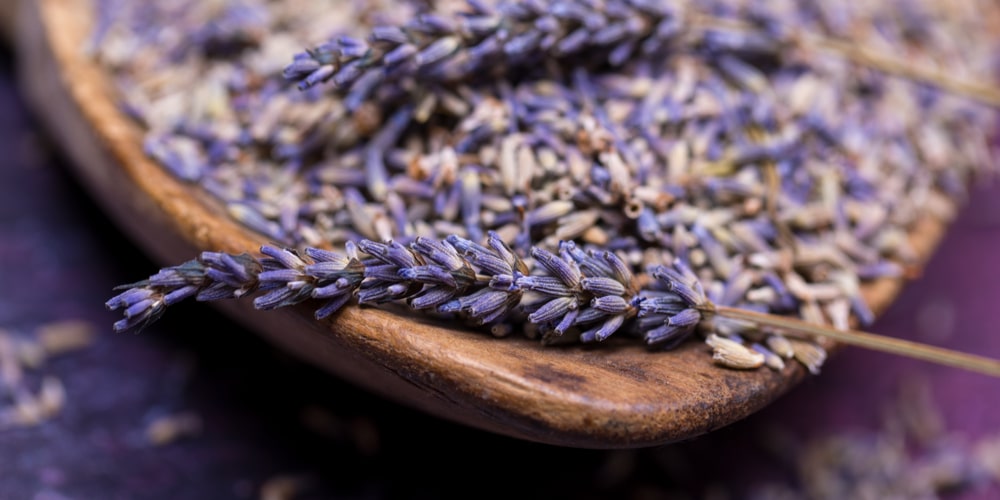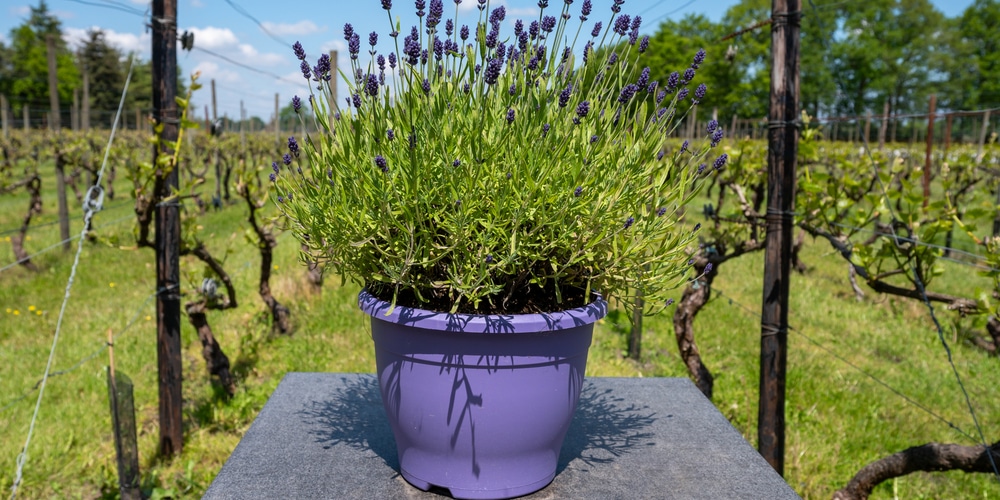Lavender is a bright-colored purple herb with an appealing scent that will make any corner of your garden more attractive. Everyone loves it. This plant is easy to grow and adapts to different soil and climate conditions. Native to the Mediterranean, lavender enjoys the warmth and full sun.
Its blooms attract plenty of pollinators, including bees and butterflies, which will contribute to making your garden more lively. You can add lavender as companion plants to species that need some help with reproduction to enhance the looks of your yard.

But will lavender grow in shade? Keep reading this essential guide to finding out. Remember that finding plants that thrive in full shade is challenging. After all, all plants need adequate amounts of sunlight for photosynthesis. And lavender, given its natural habitat, is unlikely to grow without sunlight. But jump to the following sections to learn more about growing lavender in the shade.
Can Lavender Grow in Full Shade?
The truth is that lavender needs full sun to grow and produce its fragrant and attractive blooms. These plants need at least six hours of sun to be healthy. But you can find varieties that do well in the shade too. Still, they will always do better with some exposure to the sun (usually, the more, the better).
Species of lavender that grow even in partial shade include English lavender (hardy to USDA zones between 5 and 8) and Spanish Lavender (which grows best in zones 7 to 9).
However, you’ll get optimal growth only in full sun. Indeed, lavender in light-deprived conditions is likely not to develop as you expect: vigor and full blooms will be hard in such environments.
To keep the story short, growing lavender in the shade will result in stunted growth, loss of fragrances, and a reduction in bloom production. If you can, always pick a sunny location to plant your lavender, even if you choose a species that does well in partial shade. Inadequate lighting can also cause root rot or fungal diseases that might eventually kill your plant. Indeed, lavender prefers dry conditions: sunlight can help dry the soil faster after watering it.
But sunlight is also part of taking care of lavender plants. To learn about growing these fragrant herbs, jump to the next section.
Lavender Care: Our Tips
Besides picking a sunny location for your lavender, it is crucial to meet its soil, water, and food requirements. Plant your herbs in well-draining, and fertile soil, better if slightly alkaline. Carry out a pH test before making amendments to your substrate.
Consider adding organic matter (such as compost or manure) to increase the nutrient content in your substrate. Also, make sure your plants get adequate air circulation to limit the risk of fungal infections and attacks from pests. If your soil is heavy, mix sand or gravel into it to improve drainage. Don’t add mulch: it might increase moisture, causing fungal infections and the development of bacteria.
Luckily, once your lavender establishes itself in your garden, it requires little to no maintenance. While you’ll have to water it regularly during the first weeks, you will have to reduce frequency when your plant adapts to your yard. Indeed, these herbs prefer dryness to moisture and don’t mind drought conditions. Avoid overwatering them to prevent severe damage to your plants.
Regular pruning encourages new growth and ensures air circulation. Do so at least once per year to maintain your plant in an attractive shape and control its growth. If you live in a warm region, your lavender will last for several years, as long as you provide it with what it needs to survive. In cold areas, you might have to bring your lavender indoors during the winter: place it next to a bright window to give it adequate sunlight.
Will Lavender Grow in Shade?: The Bottom Line
As you should have learned with this essential guide, growing lavender in full shade isn’t an option. While you might have some luck in partial sun, you will get much better results by providing your herbs with adequate sunlight.
Without it, these plants will struggle to survive, attract pests and diseases, and produce fewer flowers. For healthy plants, choose a location in your garden that receives plenty of sunlight during the day.

